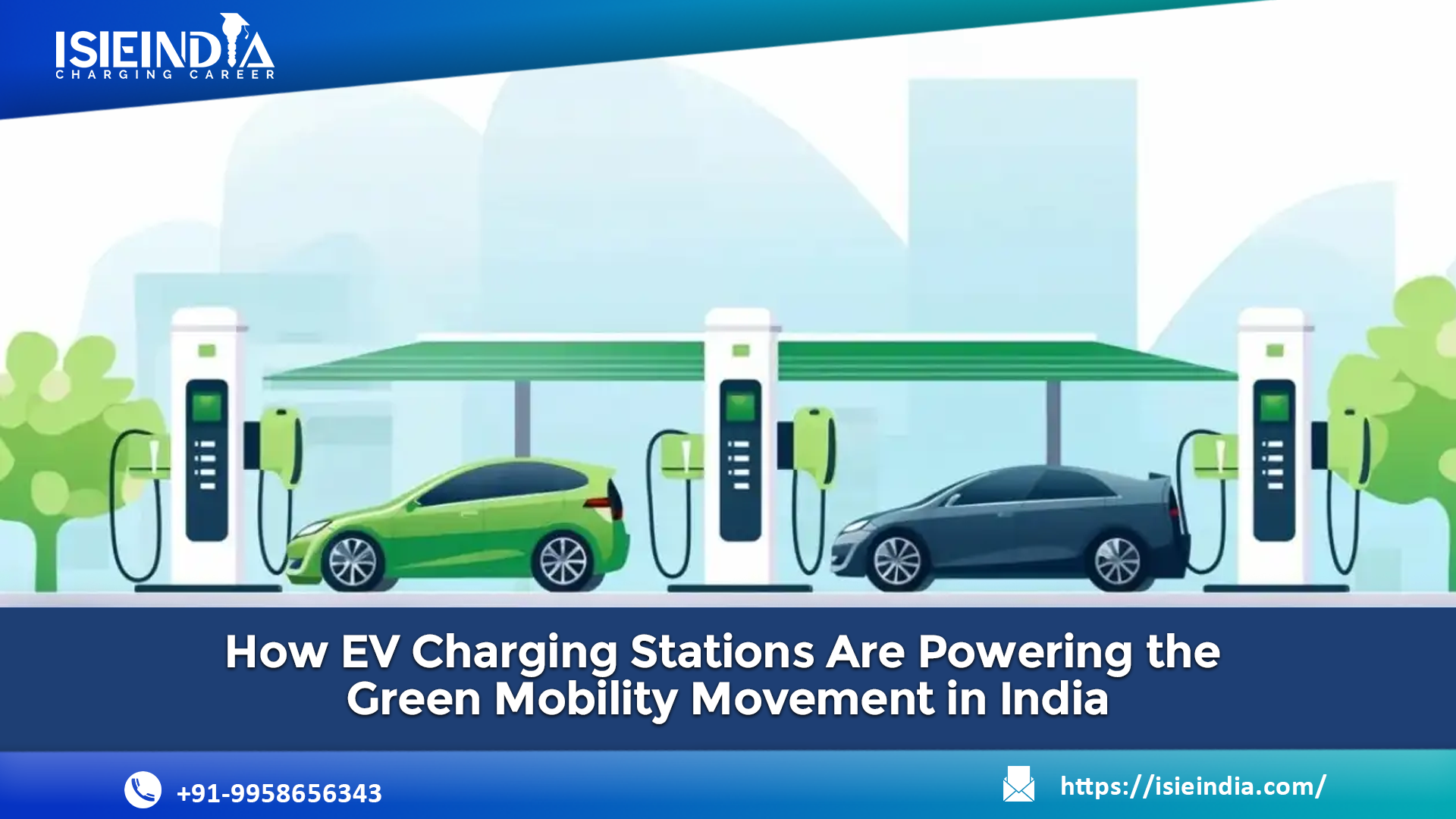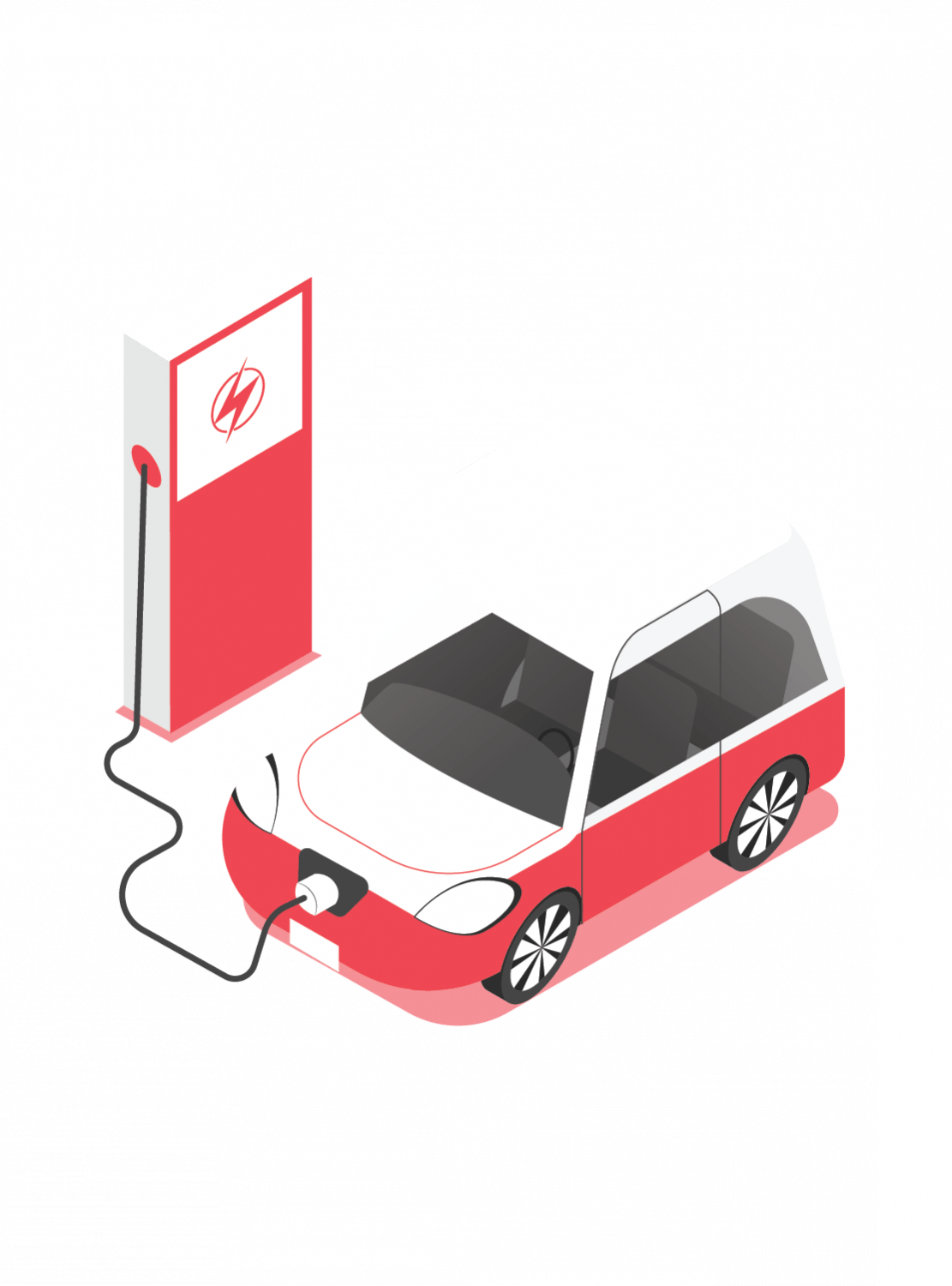How EV Charging Stations Are Powering the Green Mobility Movement in India
Electric vehicles aren’t just a thing of the future anymore. From electric scooters zipping around urban areas to quiet electric cars traveling on roads, India is gradually embracing a cleaner, more environmentally-friendly mode of transport.
Yet, there’s a vital foundation to this visible shift: EV charging stations. These often unseen facilities are quietly fueling this transformation.

The Real Shift Isn’t Just EVs, It’s Infrastructure
We often talk about the surge in EV sales — new launches, subsidies, fancy features — but what truly makes or breaks EV adoption is one simple question:
“Where will I charge my EV?”
That’s where charging stations step in. Without a reliable, accessible network of charging points, even the best EV will stay parked in doubt.
Why Charging Infrastructure Matters for Green Mobility
Green mobility isn’t just about switching fuels — it’s about building an ecosystem that supports sustainable, long-term transportation. Charging stations are the nervous system of this ecosystem.
Here’s how they’re making the difference:
- Accessibility: The more charging points, the more confident users become in switching to EVs.
- Urban Planning: Cities can reduce pollution by replacing fuel stations with EV hubs.
- Economic Growth: New jobs, startups, and services around charging infrastructure are boosting local economies.
- Climate Impact: Encouraging EV adoption directly contributes to lower emissions and cleaner air.
Where Does India Stand Today?
India’s EV charging landscape has evolved quickly in the past few years, thanks to government support and private innovation.
-
Over 12,000+ public EV charging stations operational as of 2025.
-
Fast chargers on highways like Delhi–Jaipur, Mumbai–Pune, and Bangalore–Mysuru.
-
Presence in over 60 cities and growing.
-
Major players like Tata Power, Statiq, ChargeZone, Fortum, Ather Grid expanding networks rapidly.
But we still have a long road ahead. According to NITI Aayog, India will need over 2 million charging stations by 2030 to support the rising EV demand.
Government’s Push: Making Charging a Priority
Let’s give credit where it’s due. The Indian government has actively supported EV charging infrastructure through:
FAME II Scheme
Under this, 2,877 public EV charging stations are being sanctioned in 68 cities.
PLI Schemes & State EV Policies
States like Maharashtra, Delhi, Gujarat, and Tamil Nadu are offering land, subsidies, and fast approvals for charging setups.
Standardized Guidelines
The Bureau of Energy Efficiency (BEE) has issued clear charger specifications (like Bharat AC-001, DC-001) to bring uniformity.
What People Need: Confidence, Not Complexity
For common people, adopting an EV is more emotional than technical.
It’s not about “how many volts?” — it’s about:
-
Will I find a charger when I need one?
-
Will it be fast and safe?
-
Will it cost me more or less than fuel?
That’s why brands and governments must build not just infrastructure, but trust.
Role of Startups & Corporates
India’s startup ecosystem is playing a huge role in accelerating green mobility by solving real problems:
-
Statiq & ChargeZone are making charging more affordable and accessible.
-
Ather Grid focuses on two-wheeler fast charging across urban pockets.
-
Tata Power has deployed over 4,000 public chargers and counting.
-
BPCL, IOCL, and HPCL are transforming fuel stations into hybrid energy hubs.
Each of these players is not just setting up machines — they’re shaping new habits.
Rural and Tier-2 Cities: The Next Challenge
While metros are seeing progress, rural India still lacks access to charging points.
For green mobility to truly take off, we need:
-
Solar-powered rural chargers
- Battery swapping kiosks
-
Affordable home charging kits
This is where local governments, colleges, and skilling centers can step in.
What’s the Future of EV Charging in India?
The next 3–5 years will be game-changing.
We’ll see:
EV charging integrated with parking lots, malls, and societies
Mobile apps that let you book and pay for charging in real-time
Rise of battery swapping for 2 & 3-wheelers
Solar + EV hybrid stations in remote areas
Growth of EV skill training and COEs to build a skilled workforce




